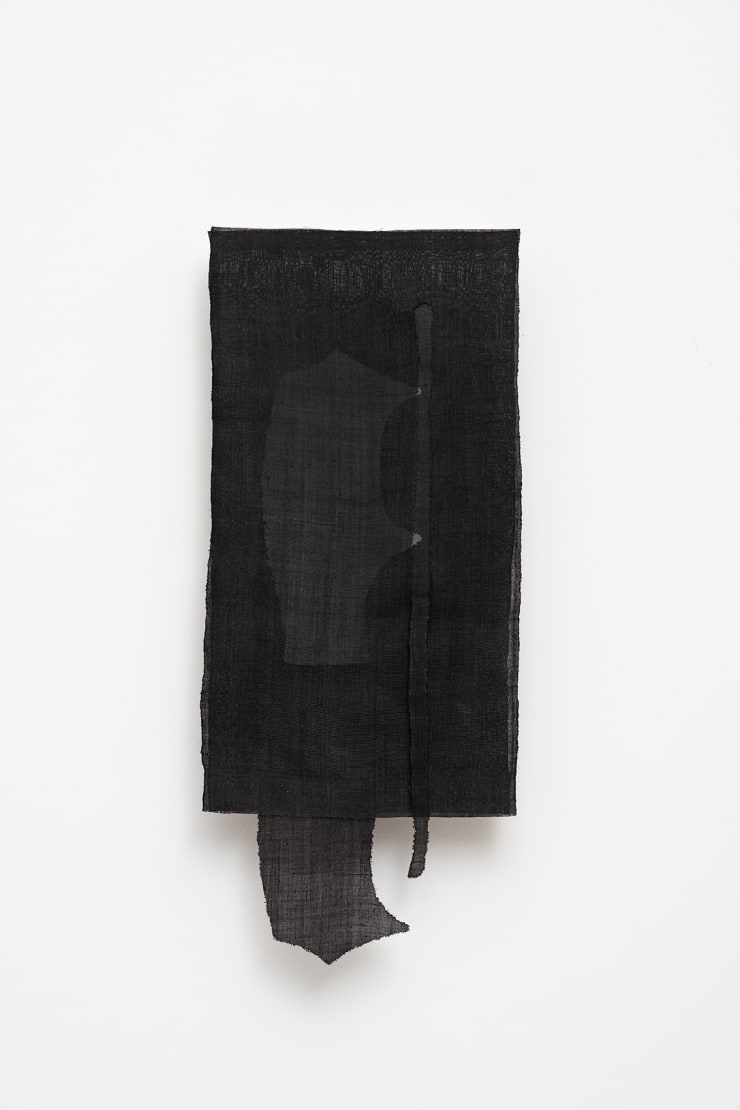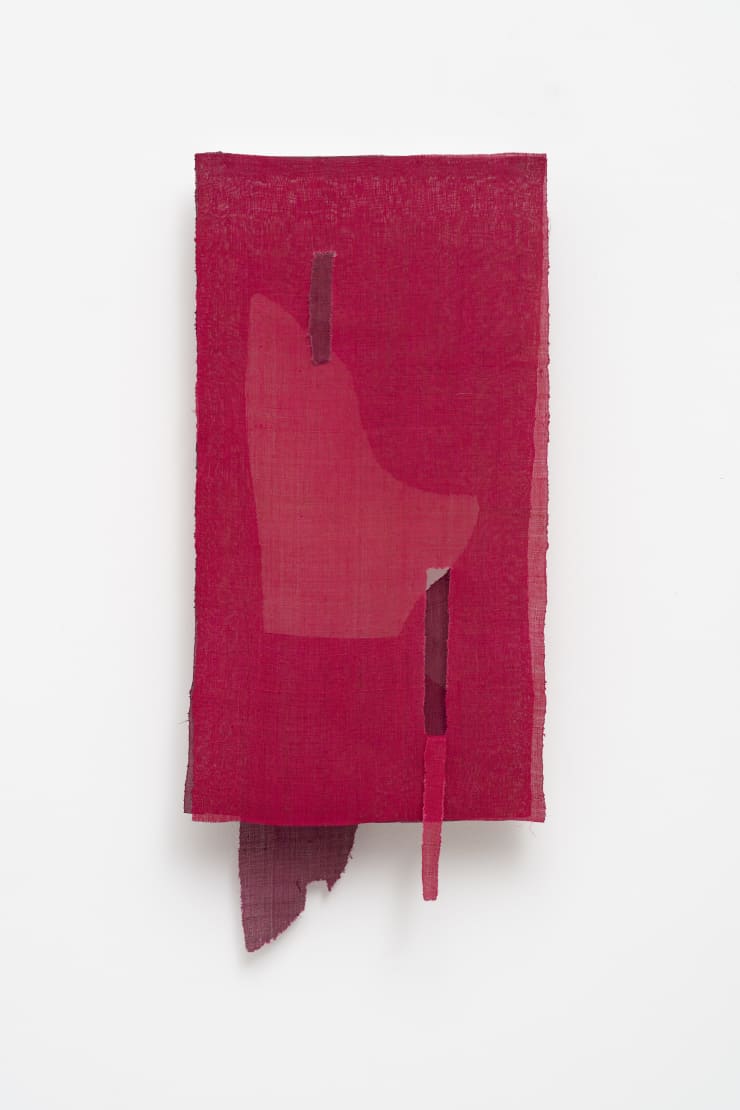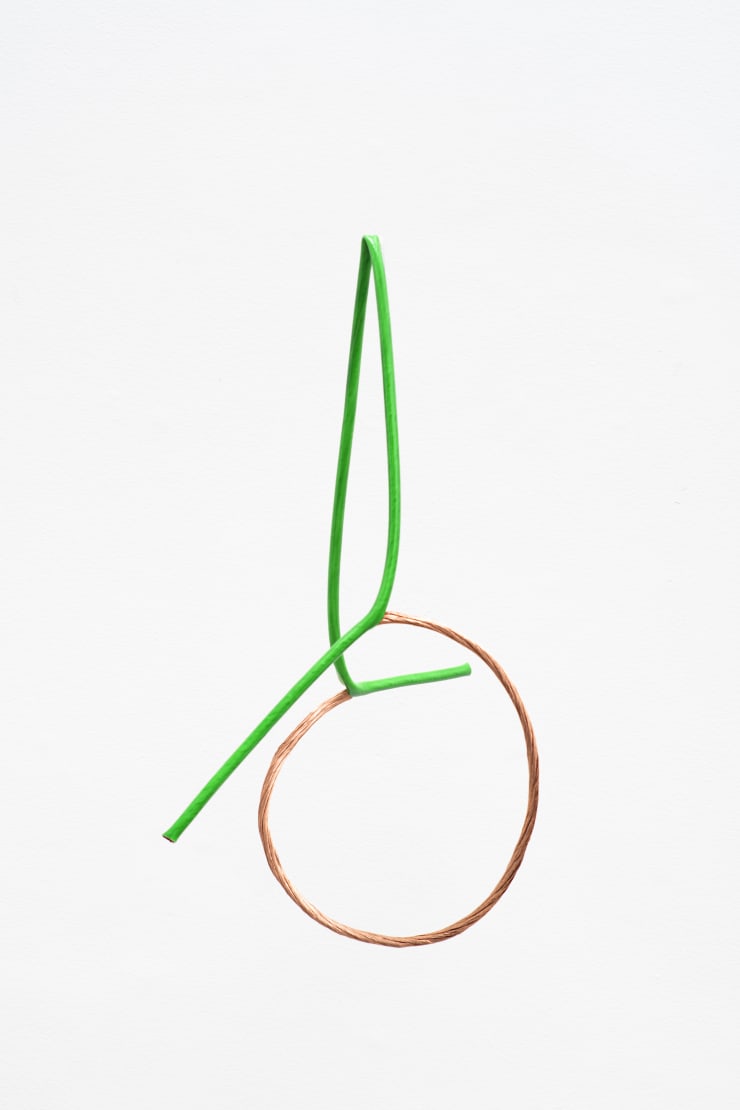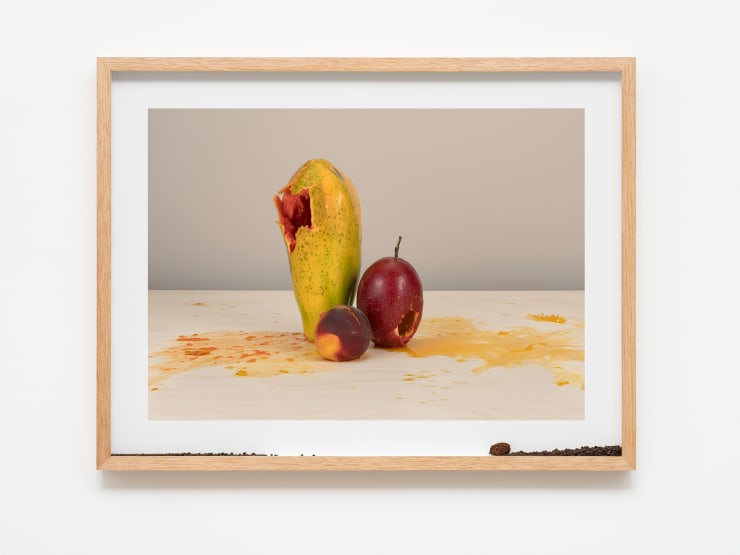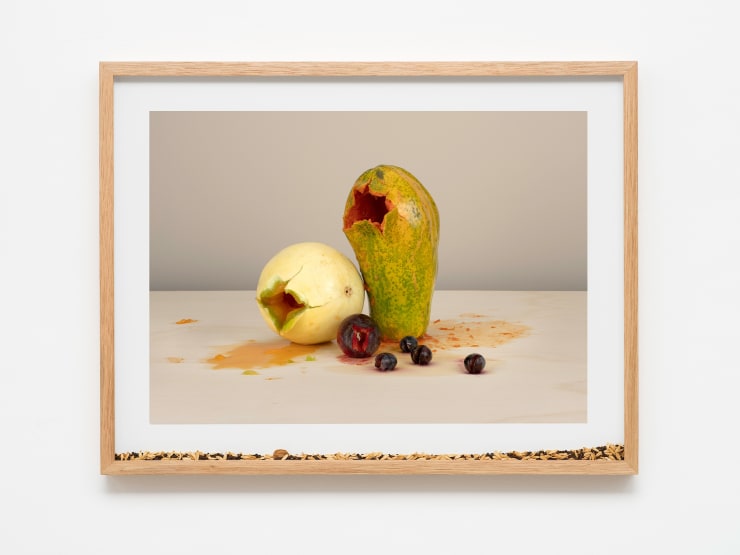Pablo Lobato | Graças a Dedos
Past exhibition
Overview
Interior and exterior, front and back, opacity and transparence, weight and lightness, stability and instability, life and death: as allied pairs, these attributes are perceptibly closer to each other than they may seem when thought of as opposite poles of a duality. Graças a Dedos, the title of the third solo show by Pablo Lobato at Luciana Brito Galeria, is a play on words that points to the coexistence between the sacred and profane, announcing gestures that break down distances. Thus, as in an understanding of Zen Buddhism, where “washing a bowl is close to a mystic experience; we can have our hands in the world not to control it, but to learn to collaborate with the available forces. Looking deeply, while not losing sight of the surfaces, allows things to enlighten us.”
Appreciation for a vast range of often ordinary material things has for a long time guided Pablo Lobato’s artistic investigation. The “making to see” present in his work gives rise to a perceptual awakening and a freedom of meanings. One of the procedures the artist uses is the cut, the insertion of gaps, the gesture of separating in order to unite. As an unfolding of his previous researches, the show Graças a Dedos features 14 autonomous works, being shown here for the first time, installed in the space of the gallery as a single whole. Aspects of photography, painting, drawing and sculpture are inseparably present. Everything seems to resound in a collaborative relationship between materials, languages, spaces and times.
From the Muda [Mute] series, underway since 2014, seven new works are presented. In the process of making the work, Pablo begins with observation, he perceives the volumes, lines, colors and surfaces of peaches, melons, plums, papayas, passionfruits, nectarines, grapes and cherries. The anatomies of the fruits suggest the next gesture: the artist penetrates them with his hands and takes out their seeds. Once their bodies are eviscerated, he begins to define a composition to be photographed. In the current works of the series there are “more fruits, in a less surgical environment than in the previous versions. They seem to be more at ease, warmer… They approach and touch one another.” The seeds in natura, washed and dehydrated, are arranged in the space between the glass and the print, giving rise to a paradoxical dialogue with the photograph. The insertion of the seeds lends a unique character to the compositions and subverts something proper to this language: the reproducibility. The artist’s sensitive gesture is also a sensual one, which breaks, separates, repositions and offers new relationships between the materials involved, making the materials of the support (paper, wood and glass) no less important in the general arrangement of the elements.
Moshi is a sort of handmade fabric woven from natural fiber, slowly, by South Korean women. The artist learned about this material during his residency in the country in 2016 and since then has begun to use it, as we can see in the series Versus (2020–2021), presented here for the first time. Pablo chooses and paints two swathes of moshi, and then designs the cuts with blows of a rounded hammer, which liberates the shapes in the fabric. These swathes are superimposed and evidence texture, transparency and color. This action operates like an opening of windows, allowing the release of the backside which was previously hidden. As paintings-reliefs, the works Versus #1, #2, #3, #4 and #5 are installed in the gallery by means of a transparent device that produces a fluctuation, creating a perceptual interplay between the wall and the light.
The minimally invasive cesarean section, a technique made with a scalpel and the fingers, paying careful attention to the tissues of the body, allows for quicker recovery of recently operated mothers. Pablo uses this analogy to treat on a certain way of cutting, which in his works evokes a feminine energy through less imposing and more welcoming gestures, generating organic lines and openings. This also takes place in the series Ah! (2021), where formal complexity and simplicity go hand in hand. A copper wire with a green plastic coating receives a calculated longitudinal tear that releases the rosy-hued metal from its sheath. The separation of the dissimilar elements reformulate the object, which is now shown in an autonomous and living tridimensionality. Suspended and installed on a single point, the sculpture gains movement.
In the work Paralelas [Parallel] (2021), the bronze and wood silently present the notion of impermanence. The trunk of a pine tree, after being precisely cut by industrial machinery, is sawn into long, thin parallelepipeds to be sold as “squares.” For years, Pablo has gathered pieces from store shelves, always seeking those which, under the effect of time, become warped. One of these pieces was chosen as a model of “disobedience” to the straight cut, and was then copied in cast bronze. Side-by-side, attached to the wall, the bronze and wood spread. As the humidity of the air rises and falls, this moves the fibers of the wood, which lengthen and shorten. In its parity with the bronze, the nearly invisible coming-and-going are revealed to the gaze.
Installation Views
Works



